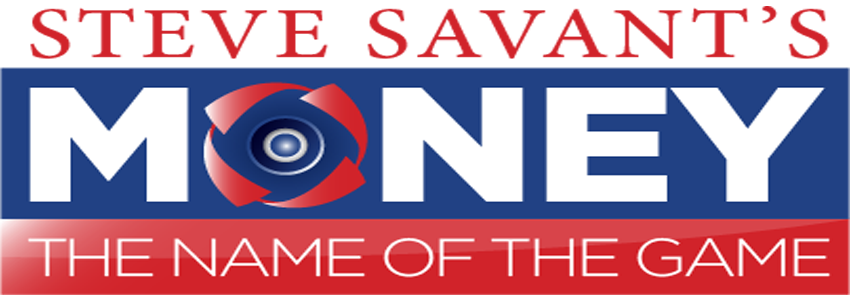 Mesa 9/8/2018 10:00:00 AM
Mesa 9/8/2018 10:00:00 AM
News / Finance
If You Want to Play with the Big Boys You’ve Got to Learn Some Tax
Financial Advisers Must Learn Product and Planning Tax Strategies to be Wholistic in Their Practice

Even after the Tax Cuts and Jobs Act of 2017, the wealthy are paying at least a third of their income based on the new tax brackets. (And that doesn’t include their state taxes.) But the additional Medicare surtax they pay in wages (.9%) and capital gains investments (3.8%) just add to their IOU that they already owe the government. And the bleeding doesn’t stop there. Many affluent taxpayers are still subject to the alternative minimum tax, a regressive assessment against high-earning Americans to make sure they pay their so- called “fair share” in taxes. But now it gets really crazy.
“If you don’t talk taxes, you’re not in the game as a consultant to the affluent.”
For decades, the wealthy have used municipal bonds as a safe haven from taxation. And depending on the issuing jurisdiction the interest rate may be tax-free in one place and not in another. So, it’s important to review the tax con- sequences before purchasing
a municipal bond. That being said, even some types of muni bonds may trigger an alternative minimum tax event and could, as unlikely as the odds are, create a capital gain scenario. But even if the client’s muni bonds escape those traps, they earnings won’t escape the provisional income test for Social Security taxation at ordinary income tax rates! It’s so insidious and counter intuitive to pay ordinary income taxes on the Social Security benefits based on tax-free income.
In reality there are only four financial products that can generate tax-free distributions, that are not includable in the provisional income test for Social Security benefit taxation: health savings accounts, Roth IRAs, reverse mortgages and TAMRA-compliant cash value life insurance. Even if some of these tax-favored items appear to be somewhat irrelevant to the wealthy, just bringing them up will set you apart from most advisers who never do.
A health savings account (HSA) is the purest form of favored treatment in the code today. No other financial product offers tax deductibility and tax-free distributions. HSAs have a few limitations. The high deductible medical plan must comply with the HSA provisions, which are fairly easy to accommodate. A family can contribute up to $6,900 fully tax deductible. If the family contributing members are age 55 and older an additional catch-up contribution of $1,000 can be added, again tax deductible. An HSA can be tapped any time to pay approved medical expenses and related insurance premiums such as health, disability, Medicare and long-term care.
One other HSA tax advantage is it’s one lifetime, tax-free transfer from an IRA to an HSA in a year where contributions are not made. That translates for families in moving $6,900 of taxable monies ($7,900 if older than age 55) to tax-free status as long as they comply with the HSA regulations.
Everyone will experience health issues in their life whether rich or poor, but affluent Americans, especially younger wealthy Americans should be maximizing this the deal of the century! There are no income restrictions with HSAs, unlike Roth IRAs that do have income phase out provisions that disqualify most high-end earners. Home equity conversation mortgage (HECM) is a significant opportunity for seniors age 65 or older to use the equity position in their prime residence for tax free income, purchasing a new home or an appreciating line of credit. The vast majority of wealthy seniors will more than likely not use HECM for income, but they may use it for a home pur- chase. The current limitation for HECM is $679,650 in home value. In certain real estate markets, this could prove advantageous.
What’s really advantageous is a HECM appreciating line of credit that doesn’t require annual interest payment and is not tied to the market value of their home. As an example, a 65-year-old may be eligible to borrow around $338,000 with no required payment, not even interest. And the unloaded line credit appreciates at an interest rate set the government uncorrelated to the value of the home.
“The vast majority of wealthy seniors will more than likely not use HECM for income, but they may use it for a home purchase.”
The combination of tax-favored investments and tax-advantaged strategies are the inroads to the wealth community. To play at this level you need a interactive retirement software that displays the impact of these products and planning scenarios such as Journey Guide, which calculates over 5,000 iterations and showcases the tax implications of this type of tactical modeling. The executive summaries will turn the heads in the fiduciary community of CPAs and tax attorneys.
Lastly, TAMRA-compliant cash value life insurance can be a huge approach to retirement because of its non-qualified status that can generate tax- free distributions of withdrawals to basis and collateralized policy loans of gain. The single caveat here is that the policy must remain in force for the life of the policy insured to maintain its tax-free distributions. With the exception of “insurance justification,” an economic test for death benefit amount, premium contributions are not restricted. The wealthy have been using TAMRA-compliant cash value life insurance for decades because the cash values accumulate tax deferred and the distributions as described above are tax-free.
Steve Savant is a syndicated financial columnist, talk show host and popular platform speaker. Steve is a nationally recognized videographer, content creator and co-contributor to Advisys, Insmark and LifeSpecs. Steve’s videos and content are distributed to over 280 media outlets and 200,000 Twitter users. To contact him visit www.lifesizesolutions.com, email steve@lifesizesolutions.com or call (520) 261-4599.
